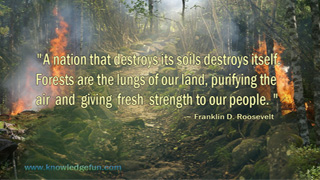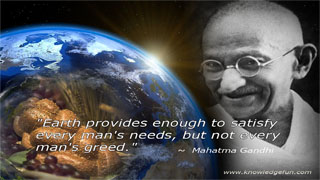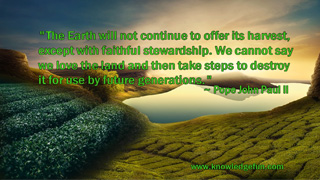Energy Saving Tips
Learn how to save energy with our energy saving tips. The first step is to measure how much energy you are using right now. If you have opportunity, take some time and research your personal or business energy bills for full year and write that information down. Usually energy use varies during the year due to weather change, events and production cycle if you are business. This first step is very important, because unless you know what you're using and paying, you won't know what impact the changes make. Keep track of all your data and bills, and how they change when you introduce our energy-saving tips.
- Find out how much energy you are using right now, how much it cost and write that down.
- Lead by example and make your energy savings a team effort. Find the way how you can start with everybody involved and how to make them be part of the energy saving solution.
- Ask employees or family members where they think energy is being wasted, and encourage them to think (write down ideas) about how they can all use less.
- Speak to other people (other businesses, family members, workers, co-workers, colleagues and friends about saving energy. Some of them may already have some good tips, experiences or developed practice for saving energy.
- Increase your air conditioner's thermostat by two degrees and decrease energy consumed during the summer. That could cut your cost by as much as 12%
- Turn off the air conditioner at night when the temperature has dropped and open windows.
- Shut off your air conditioner if you plan on being away from your home or business for more than 24 hours.
- Use ceiling fans to keep air circulating so whole area feels cooler.
- You don't need to have all the lights in the building on. Develop new habit and try to switch lights off in the rooms and corridors that aren't being used. That alone could cut your lighting costs instantly by 10% or more (depends on size of the building).
- Decrease your heating thermostat by two degrees and decrease energy consumed during the winter time.
- Do not use more light than you actually need. Try to use area light if you are only working in one part of the office or room.
- Try to make the most of natural light which is totally free, it will not use any energy and it won't damage the environment.
- Always keep all your windows clear and clean, and make the most of the daylight.
- Lower the thermostat on your hot water heater to 120°F.
- Replace standard (incandescent) light bulbs and fixtures with compact fluorescent lamps
- Buy solar outdoor lights or solar accent lights and enjoy the savings. The sun charges fixture batteries by day and turns on automatically at night with no wiring or cost to operate.
- Use timers to improve energy efficiency and save energy.
- Electronics in standby mode still use several watts of power. So, try to plug your electronics into power strips and turn the power strips off when the equipment is not in use.
- When buying or changing appliances buy the products with energy efficient label on them. They usually meet strict efficiency guidelines set by the government or environmental agency.
- Try to buy products or services from businesses demonstrating a commitment to energy saving and protection of environment.
"Energy and persistence alter all things." ~ Benjamin Franklin
What You Should Know
Significant harm from climate change is already occurring, and further damages are a certainty. The challenge now is to keep climate change from becoming a catastrophe.
The oil, gas, coal, and mining industries stand to lose tremendously if the facts and truth about global warming becomes accepted by world's society.
Transport is considered as one of the the largest sources of air pollution emissions today.
Coastal temperate rainforests once covered 1% of the Earth. Less then half now remains.
Global climate change, driven largely by the combustion of fossil fuels and by deforestation, is a growing threat to human well-being in developing and industrialized nations alike.
Out of the original 1.9 million acres of redwood forest only 106,000 acres of old-growth forest are standing, less than 5% remain.
It is very important to understand the impacts of 1.5°C global warming above pre-industrial levels and related global emission pathways in the context of strengthening the response to the threat of climate change, sustainable development and efforts to eradicate poverty.
Two starkly different futures diverge from this time forward. Society's current path leads to increasingly serious climate-change impacts, including potentially catastrophic changes in climate that will compromise efforts to achieve development objectives where there is poverty and will threaten standards of living where there is affluence.





